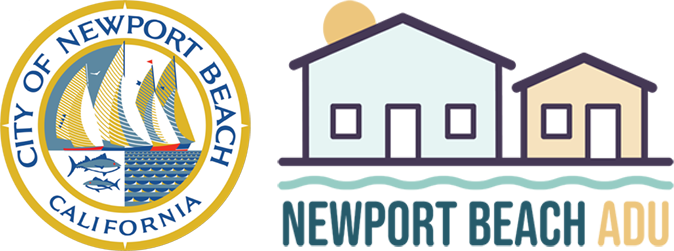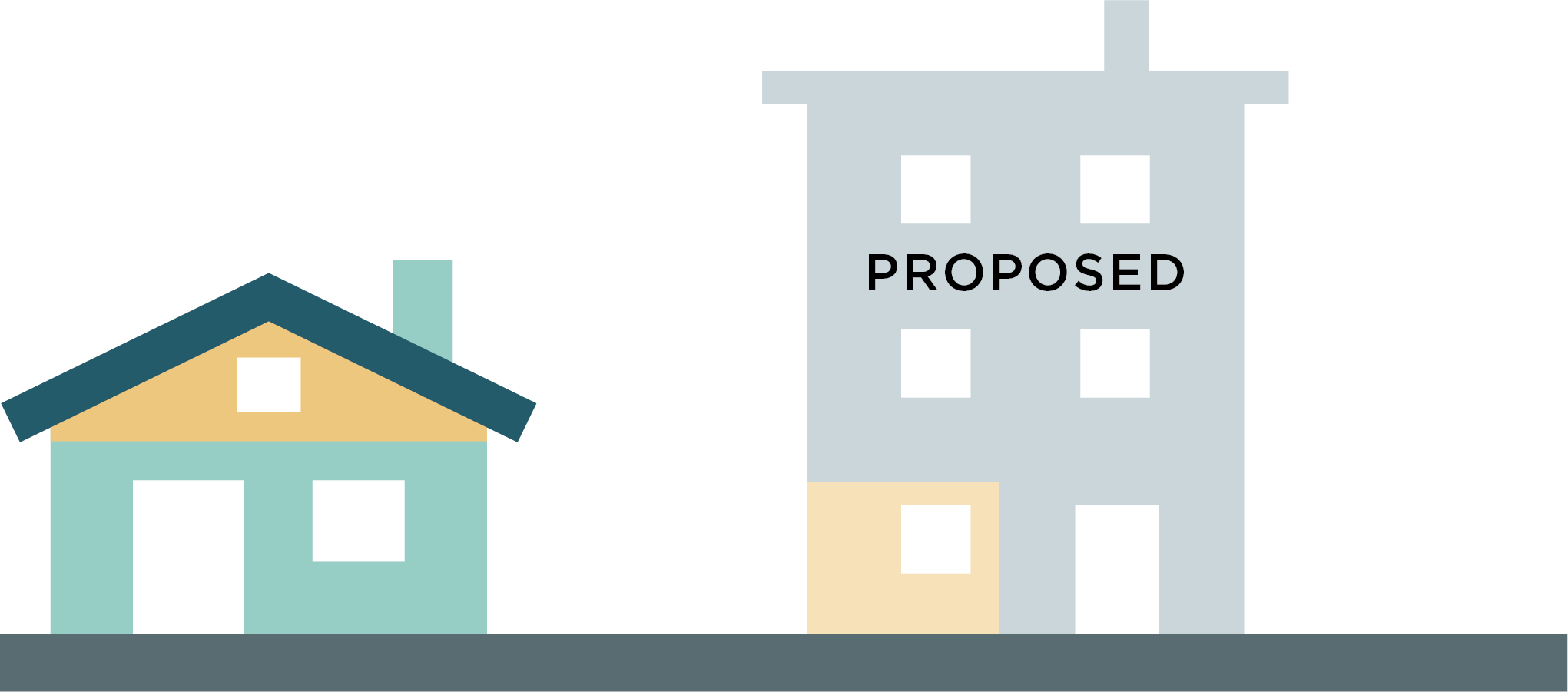
ADU 101
Let’s start from the beginning.
What is an ADU?
Accessory dwelling units (ADUs) come in many shapes and sizes but are always a self-contained home that is smaller than the main house and legally part of the same property.
They must have a kitchen, bathroom, and place to sleep, and can range from small efficiency studios to 1,000-square-foot homes with multiple bedrooms. ADUs are also often called granny flats, backyard cottages, in-law units, or converted garage or basement apartments.
Types of ADUs
There are many different types of ADUs. We categorize and regulate them by the following types.
(See Learning the Rules for more details on regulations.)
JADU (Junior ADU)
Converted or attached space within or attached to an existing or new home, up to 500 square feet
Internal ADU
Converted space in an existing home or accessory building (garage, pool house) OR a unit in a new development
Attached ADU
New structure (may include some converted space) sharing at least one wall with a home/building
Detached ADU
New freestanding structure, such as a backyard cottage
Multi-Unit Conversion ADU
Converted space in an existing multi-unit building (storage, attics, or other non-habitable space)
PROJECT TIMING
Building an ADU is an investment of time as well as money. Most projects take one to two years to complete, with interior conversions being the fastest.
FAQs
-
Accessory Dwelling Units (ADUs) come in many shapes and sizes but are always a self-contained home that is smaller than the main house and legally part of the same property. They must have a kitchen, bathroom, and place to sleep, and typically range from efficiency-size studios to 1,000-square-foot homes with multiple bedrooms.
Junior Accessory Dwelling Units (JADUs) are smaller units of up to 500 square feet of space within or attached to a single-family home (including within an attached garage). JADUs must include an efficiency kitchen (sink, cooking appliance, fridge, and small counter). Some JADUs have their own bathroom and some share with the main house. Construction costs for JADUs are typically much lower. In most cases, the property owner must live in the primary unit or the JADU.
State law now allows homeowners to have both a JADU and a regular ADU on their property.
-
Site-built/Traditional: A traditionally constructed ADU is designed and built specifically to your preferences and property and built on site (“stick-built”). This option allows for a lot of customization and smaller changes to be made throughout the construction process.
Prefabricated/panelized/modular: These ADUs are partially or mostly built in a factory, then shipped to your site to be put together. Sometimes the company will include all services in their fee (“turn-key”), including help with permitting and all on-site construction tasks (e.g. laying the foundation, utility hookups, etc.). Other times you’ll need to hire additional professionals to help.
-
This site walks you through each part of the ADU process, from gathering initial inspiration and learning what you can build through construction and becoming a landlord or moving in.
You can also use our Process-at-a-Glance resource for an overview of the process and some initial issues to consider as you get started.
BENEFITS FOR OWNERS AND THE COMMUNITY
Building and renting an ADU is truly a community service — ADUs often provide homes for the local workforce and small families who have difficulty finding local housing that meets their needs.
For homeowners, there are many reasons to build an ADU — rental income, safe and convenient housing for relatives, flexibility over time, and many others. Here are some of the reasons to build an ADU:
Housing friends & relatives
Space for adult children, aging relatives, or loved ones with special needs.
Rental income
A steady source of income or funds for a rainy day.
A home as you age
A home for a caregiver or an accessible and comfortable option for aging adults.
Safety
An extra set of eyes on the property for safety, travel, and more.
Environmental benefits
Small-scale living and reduced commutes for local workers.
Ready to get started?
We have resources to help you at every step along the way, from initial thoughts through move-in.







